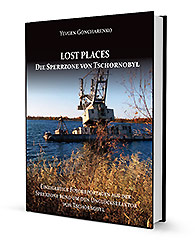 After the trip along the border of the evacuation zone together with Safecast volunteers we return to the city. We take up residence in the hotel Ohgiya (ホテル扇屋). The tiny size of rooms and plenty of aluminium and plastic in the decoration evoke the idea of a train compartment. On a small table in the room are bottles with iodine medicine.
After the trip along the border of the evacuation zone together with Safecast volunteers we return to the city. We take up residence in the hotel Ohgiya (ホテル扇屋). The tiny size of rooms and plenty of aluminium and plastic in the decoration evoke the idea of a train compartment. On a small table in the room are bottles with iodine medicine.
Gamma background in the hotel room is about 0.3 μSv/h – almost normal. After today’s measurement at the border of the zone one will not pay attention on this. On the streets gamma background varies from 0.3 up to 1 μSv/h.
Minamisoma (南相馬市)
Right away after the tsunami and the accident on the Fukushima Daiichi NPP, the mayor of Minamisoma Katsunobu Sakarai appealed to the Government of Japan for advice about whether to evacuate the 71000 city located just 20 km from Fukushima Daiichi Nuclear Power Plant. First, officials from the Ministry just ignored his calls. When finally he was able to contact them, he was assured that there is no reason for concern. As befits a good Japanese official, he took with attention the instructions of the government and began to expect new orders, while calming residents. When the March 17, 2011 the Japan Self-Defense Forces began to evacuate from the city, which looked like the army fled from the battlefield, the mayor and residents began to suspect that, at best, they had been deceived, and at worst, even lied to.
“Of course I was angry - said the mayor. - I was ignored, and later misled. As a result the people were leaved to the mercy of fate. But I was the one who told them it was safe to stay. I took responsibility and assured them that it is safe here. So I decided that I would be the last one to leave the city. I won't go until the last person has left safely.”
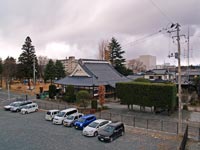 |
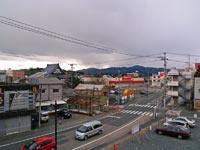 |
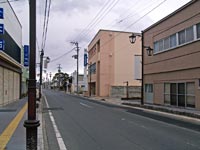 |
That same evening, March 17, 2011, Mayor Katsunobu Sakarai ordered the evacuation of Minamisoma. During the night about half of the residents had left the city. Buses, of course, were provided by local municipal authorities, not by the government of Japan.
Now many of the evacuees have returned home to Minamisoma. Basically, the older generation, but there are almost no kids in the city. Their parents, fearing for the health of their children, sent them to relatives in clean areas.
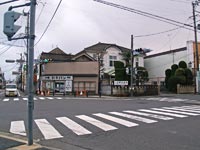 |
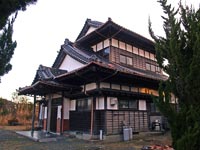 |
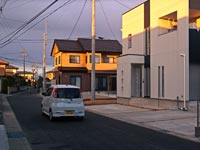 |
In spite of everything, Minamisoma does not give up trying to live the same, “before the accident” life. As the evidence of this in the summer of 2011, an annual festival Soma Namaoi (相馬野馬追), about which I wrote in the previous report, took place.
Festival Soma Namaoi (相馬野馬追)
Until the last moment, holding the Soma Namaoi festival has been in doubt, and two key events of the festival were cancelled due to the fact that the traditional venue take place in some areas, which are partially in the zone of obligatory resettlement. But the festival still took place. Minamisoma Mayor Katsunobu Sakarai yet decided on holding the annual horse festival, which is the largest equestrian event in the world, one of the three major festivals in Japan, classified as a Cultural and Folklore Treasure of Japan by the Japanese government.
Oldest 36-year-old son of last Clan Soma Daimyo – Soma Michitane opened the Festival with a prayer for the victims of the earthquake and tsunami 2011. He was joined by dozens of riders in samurai battle attire, bowed their heads in silent sorrow.
Appeal to the riders before the start of the festival Soma Michitane, heir of the clan, which ruled here for centuries, said: “Believe in the power of traditions of Soma Namaoi. Soma will rise again!”
In an interview to Swedish journalist Elin Lindqvist, published in her blog, the heir of the Soma clan said:
“I carry the name of my ancestor, who ruled Soma 150 years ago, when there was a large natural disaster. It is my responsibility to show the same kind of leadership today. There are a lot of festivals organised in different cities and towns, where participants pretend to be samurai. But here everything is different. We do not pretend, we are samurai.”
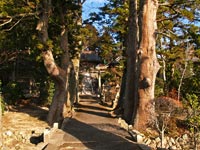 |
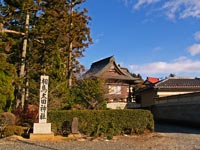 |
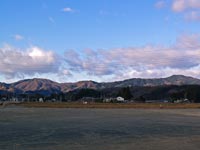 |
The evening of a long and busy day (as well as all the days of our trip). Before returning to the hotel we visit a roadside shop to buy something for dinner. We are too tired to search for a restaurant. We stand beside our van and drink bought from vendor machine coffee from metal cans. The sun goes down behind the mountains, about fifty meters ahead there is a check point of the 20 km zone, on the right of us there are fields, and on them... powdered with snow dandelions. Strange winter they have here.
Gamma background is about 1 μSv/h.
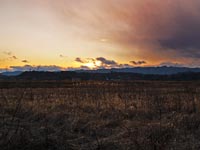 |
 |
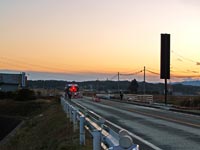 |
For tomorrow, December 26, we planned a trip to the resettled village of Iitate, a visit to the city headquarters of the deactivation of Minamisoma, a visit to kindergarten and a trip to a temporary settlement of evacuees in Minamisoma.
| Iitate (飯舘村). Fukushima Prefecture. Day Five< Prev | Next >Zone Edge. Minamisoma (南相馬市). Fukushima Prefecture. Day Four |
|---|








